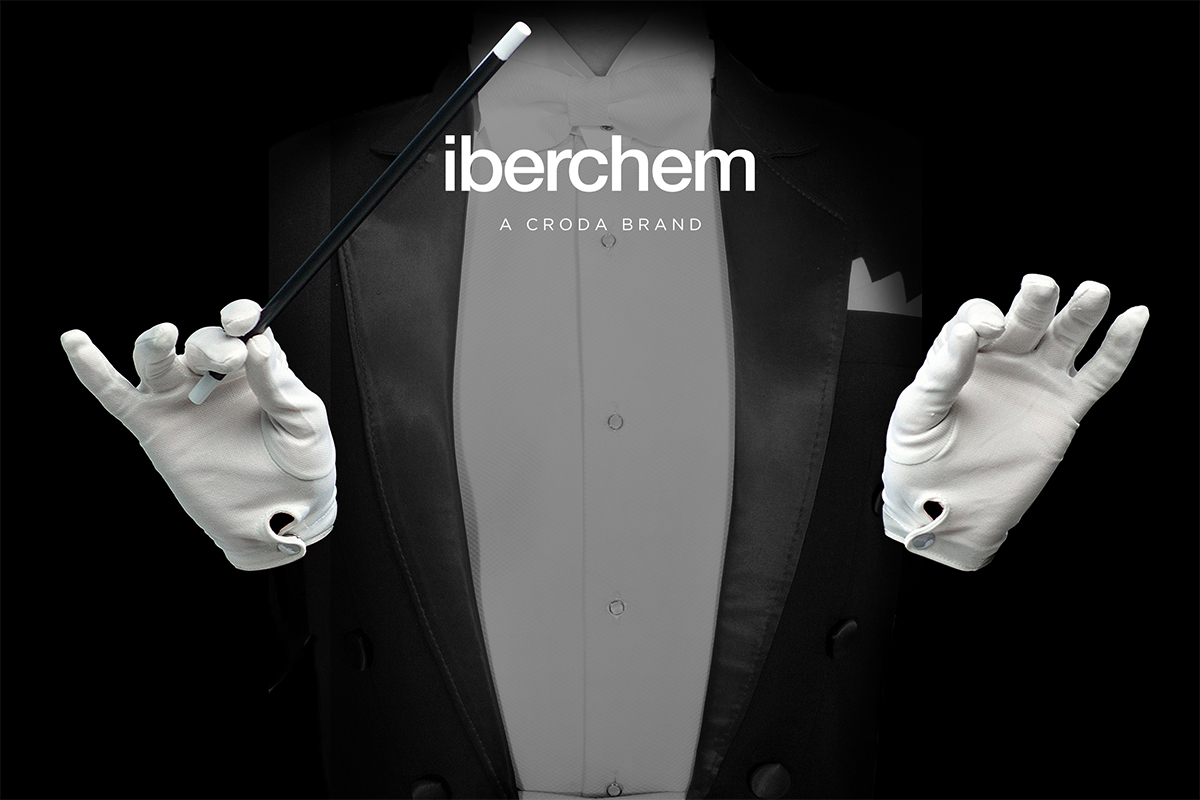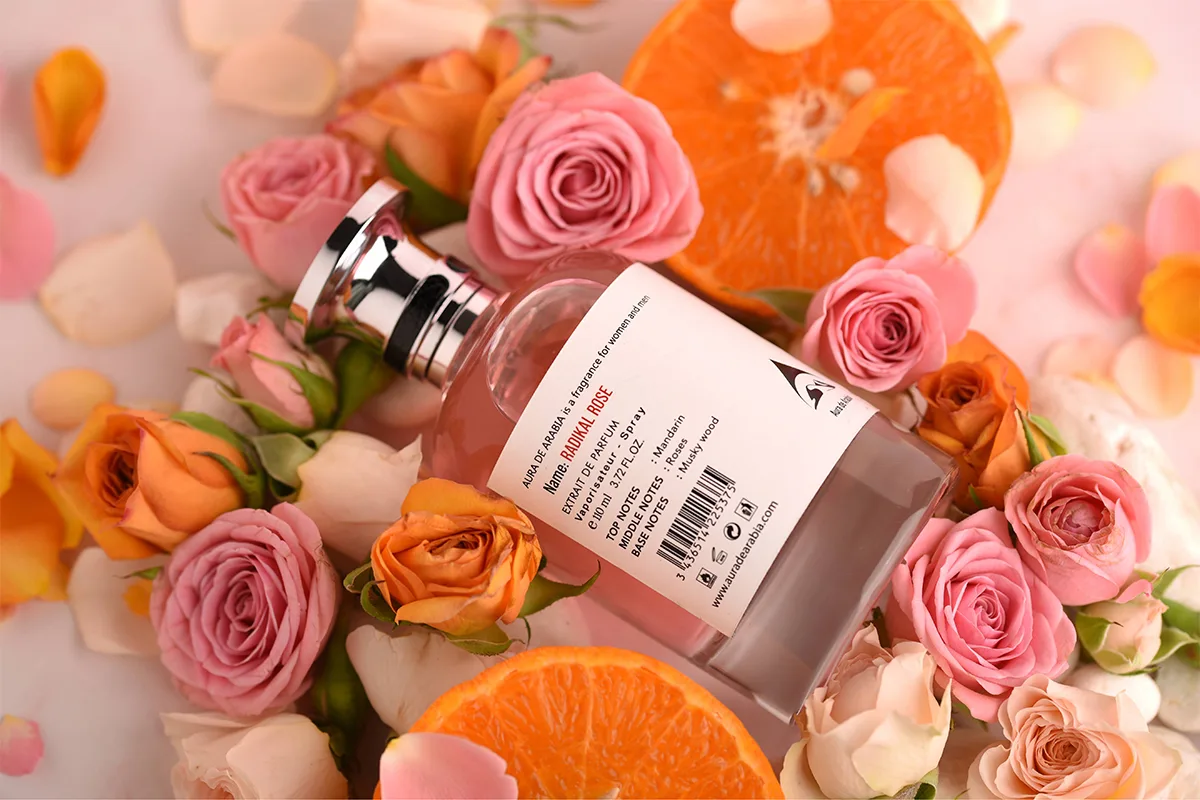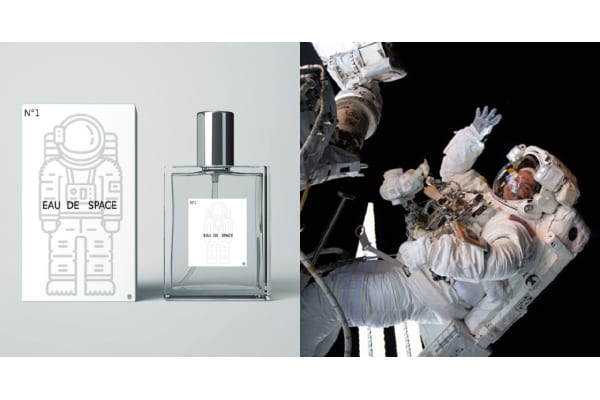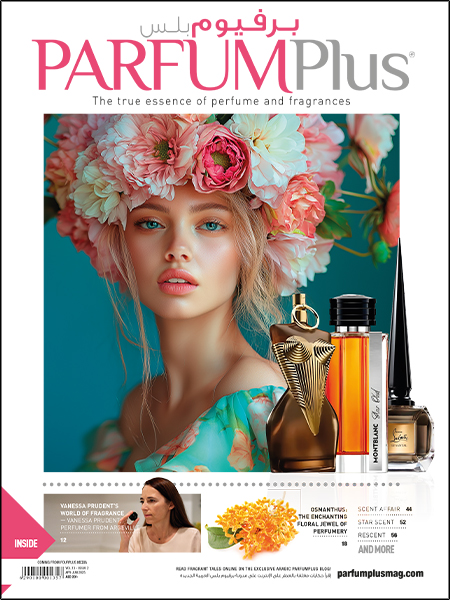Love for perfumes this Valentine season, is out in the light! Read all about the five ingredients every romantic fragrance has…
Let’s talk romance. What exactly comes to your mind when you read the word, romance? Something happy, mysterious but magical and all good synonyms associated with it. Isn’t it? It’s like romance is a copyright for people in love. And well, love has its forms.
But then when there is love, there are gifts that you want to please your loved ones with. The ones that make them smile and think of you every time they see it. The best form of a love symbol though is invisible. It can’t be touched. Can smell it though…
Perfumes are since ever, the symbol of love and romance and there is no debating around that. The fact that they are the most refreshing yet invisible form of gift to anyone is fascinating in itself…
Also, if you think about it, any perfume that you use is a mix of so many things. The ingredients play the best part. Of course we have the beautiful bottles and the various brands but what is inside is the most special. It is always intriguing to know the various notes that a perfume is composed of. The fact that the top, heart and base notes are completely different from each other and still blend in together into a fabulous fragrance is nothing short of mystical.
Have you ever closed your eyes and smelled a fragrance? If you did, you would know that as soon as you inhale, an image arises… A beautiful images that your mind automatically associates with the fragrance. And specially when it is a romantic fragrance. They are just so velvety, so mild, so ROMANTIC.
That being said, here is what the perfume lovers really need to know about the basic ingredients that make a perfume romantic!
Peony in the fairyland!
Its blooming isn’t it? Even the word? Peonies are incredibly beautiful in bloom when it is the spring-time with lush foliage all summer. It is such a beautiful and unique scent specially when mixed with rose, it just works wonders.
There’s something about the peonies that make them really reminiscent and arousing, for them to be used in a fragrance. It’s a national symbol and known as ‘the lord of the blooms’, in Japan and China. In ancient mythology, naughty fairies known to stow away in the petals of peony, are considered disgraceful in the group of flowers.
Plants take five to seven years to blossom copiously, with up to 60 blooms on a solitary plant – and that is what makes it so expensive.
Peony in perfumes, is a new, delicate flower note: inspiring, quieting, working splendidly nearby other botanical notes, particularly the similarly carefully petalled rose.

There are many perfumes that one can smell peony in. Acqua di Gioia by Giorgio Armani is one seductive sea aroma that a perfect composition of strong, dignified and free spirit. The dewy peony and pink pepper combined with base notes of cedar and yellow sugar make this one a necessary energy.

The iconic and rare essence of Crystal Noir by Versace is a mysterious yet sensual aroma that one just can sync in with peony middle note. Also, Peony by the french perfume house L`Occitane reveals all secrets of the this ingredient. Handpicked from the gardens of France, it is a symbol of blooming petals in spring.
The Mingling Mimosa!
Mainstream but mystical, Mimosa is the most commonly used ingredient in a romantic and sexy perfume. Acacia. Cassie. Mimosa. A similar plant, with yellow pom-pom blossoms that are sensitive and sweet. The bark, roots and gum are all still used to make incense for customs, in Nepal, India and China.
Historically speaking, Mimosa has its custom with the ancient perfumery. It was initially utilised in making incense and was symbolised as restoring and everlasting. The ingredient is closely associated with Egyptian mythology in connection with acacia tree, that is, the tree of life. Mimosas are unit bearing bushes and trees generally in Australia and the Pacific, however they put up an impressive show around the heartland of perfumery in Grasse, as well, in the south of France.

Although a lot many perfumes use this dreamy ingredient in their scents, like, Mon Numero 1 by L`Artisan Parfumeur. It is seductive, sexy, playful and has an irresistible form of a gentle poetry. Like you can let it flow, perfumes have that thing. Don’t they? Another one, created by Jacques Guerlain, Apres L`Ondee is a beautiful and soft combination of base note mimosa and vanilla delicacy. The smell is nothing but a spring-time garden, oh so dreamy!
Vivid Vanilla!
Don’t you just cherish how sweet, pleasant and delightful Vanilla swiftly blends into fragrances. Vanilla originates from the seeds of a dried unit from a climbing orchid-like plant which prospers particularly well in Madagascar; the absolute best nature of vanilla originates from the Île Bourbon, now known as Réunion. It gets its name from the Spanish word “vaina” (which means sheath or unit, and deciphers essentially as ‘little case’).
Apart from being the priciest ingredient on the planet after saffron, most genuine perfumers identify vanilla aroma as earthier rather than sweet. Vanilla’s said to be the notorious fragrance often termed as provocative, magnetic aroma, and it’s frequently present in ‘provocative’, come-here aromas, particularly Orientals and gourmand scents, and in addition ‘girly’, ‘more youthful’ manifestations.

Perfumes that enjoy this ingredient are many, for instance, Dior Homme Intense by Christian Dior is composed of floral and woody accords with the composition of seducing notes like vanilla, amber and vetiver.

Another one by Tom Ford, Tobacco Vanille is the oriental fragrance for both men and women, composed of spicy notes like vanilla, tonka beans, cacao and tobacco blossom.
Pleasant with Patchouli…
Present in many oriental fragrances, Patchouli is deep, dark and earthy. Commonly called the ‘scent of 60s’ because the essential oil was mostly worn by party-going, music-loving or drug-loving people in that era.
Incredibly, from those delicate looking leaves comes a sweet, fiery, smoky, cedar-y fragrance so capable it must be maneuvered carefully: patchouli is the most effective of any plant. In any case, perfumers wouldn’t be without patchouli, for the wealth that it provides for scents. The name, just, originates from the old Tamil words patchai (‘green’) and ellai (‘leaf’). It started in India, Malaysia and Indonesia and advanced toward the Middle East by means of the intriguing silk course.

Patchouli can be smelled in Angel by Thierry Mugler which an oriental fragrance. The perfume is composed of top notes like cotton candy that blend well with the middle patchouli, orchid and plum notes.

Similarly, the Very Irresistible L`Intense by Givenchy is sexy, charismatic, edgy and confident developed by the combination of tenderness of patchouli and strength of musk.
Tenacious Tuberose!
Why tenacious, you wonder? Because it takes 3600 kilos of flowers to produce half kilo of tuberose oil. It’s voluptuous and intoxicating at the same time and when in a fragrance, it is complex, exotic, velvety, sexy and sweet. Tuberose in any romantic perfume is always the star ingredient.
In Victorian times, tuberose symbolised ‘unsafe delight’ and ampleness – and that is practically what perfumers are going for, when they utilize it. In India, it’s known for its Spanish fly forces, the young ladies are exhorted not to inhale its fragrance, after dim.

Cedre by Serge Lutens is a warm, elegant and deep scent that is a combination of spicy notes of cinnamon, musk and amber with a sensual and gentle tuberose.

Chanel’s Gardenia is no less. The perfume is a timeless floral bouquet that has a natural fragrance. It is substituted by fragrances of orange blossom, jasmine and sweet tuberose notes.








